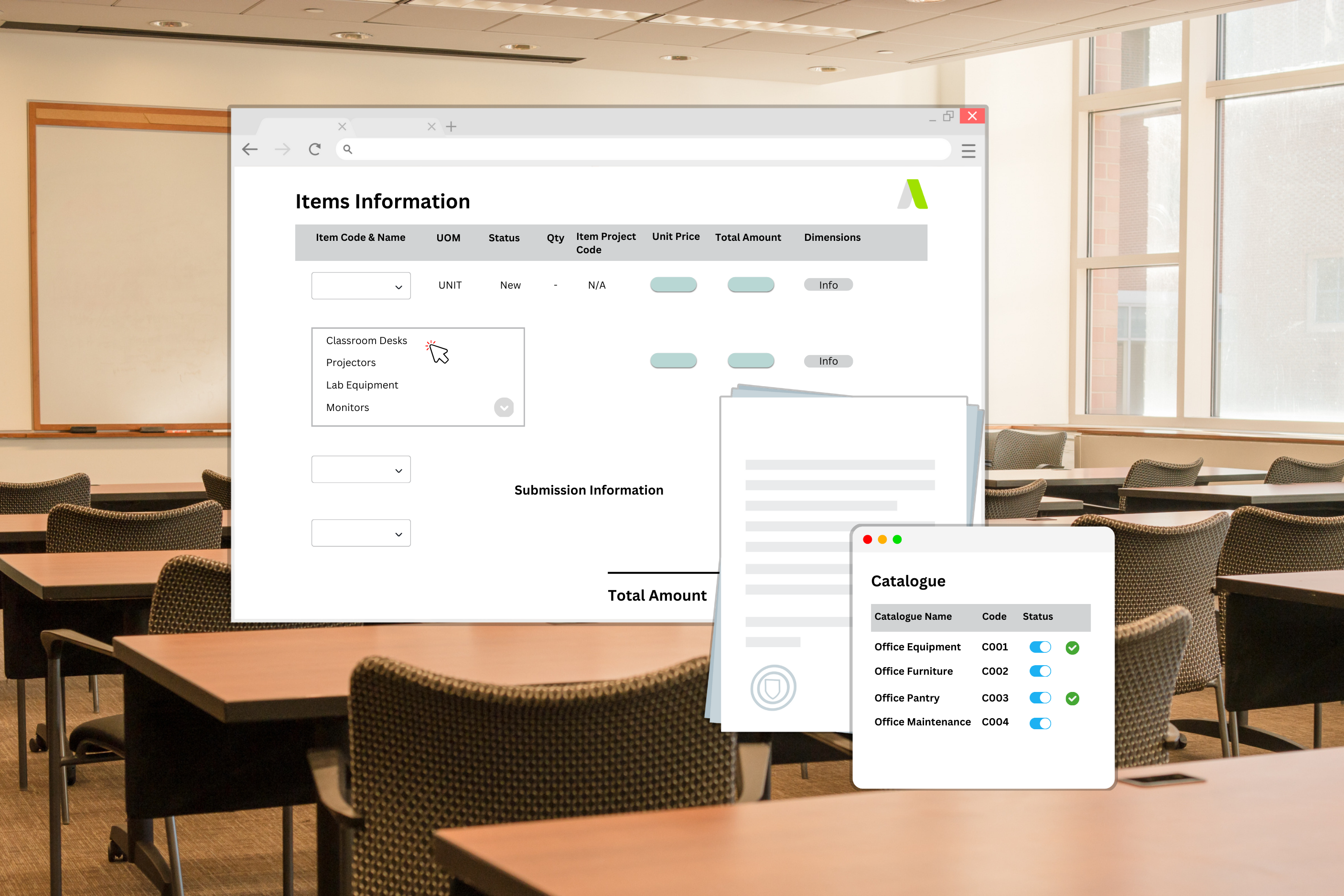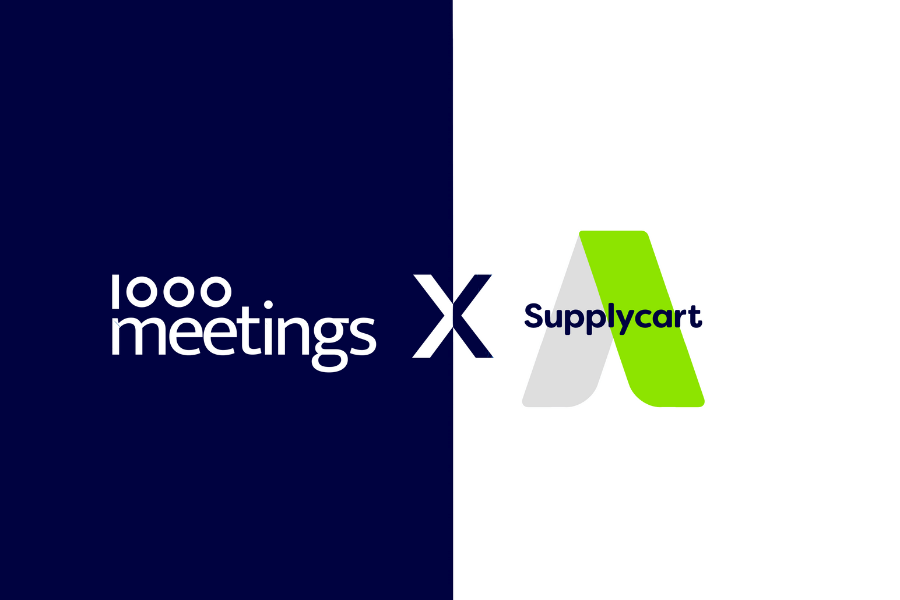Digital Procurement in Education: Improving Time, Costs, and Compliance
In an era where education budgets are shrinking but expectations are growing, procurement teams in schools, colleges, and universities are caught in a difficult balancing act. They must meet growing demands from staff and students, all while ensuring transparency, compliance, and financial discipline. For many institutions, traditional procurement methods no longer meet the operational demands.
💡 The education market in the Asia-Pacific region alone is projected to surpass $810.7 billion by 2030, growing at over 6.5% annually from 2024.
💡 Online education is the fastest-growing segment and is expected to hold the largest market share in the near future. This accelerating growth puts even greater pressure on institutions to optimize procurement practices that can scale with these changes.
Digital procurement is increasingly seen as a practical solution. By improving how educational institutions manage purchasing, approvals, and supplier relationships, modern systems help streamline operations and create better oversight.
Unique Procurement Challenges in the Education Industry
Budget constraints and strict public sector compliance requirements leave little room for error. Every dollar must be accounted for, every process must be audit ready.
Add to this the diversity of stakeholders: faculty needing lab equipment, IT departments requesting new software licenses, finance needing spending reports, and admin teams purchasing services from cleaning to transportation. The result is a highly fragmented procurement environment.
Take for example a mid-sized university preparing for a new academic term. Each department submits its own requisitions, often via emails or spreadsheets. Procurement teams are left juggling inconsistent formats, missing approval signatures, and backlogged requests. It’s inefficient, frustrating, and risky.
💡 Less than 30% of APAC’s organizational spending is actively managed by procurement teams, compared to the global cross-industry average of 80%.
This under-management exposes organizations to inefficiencies, compliance risks, and missed cost-saving opportunities
Opportunities for Procurement Transformation in Education
Digital transformation can address these issues. Centralized procurement platforms help streamline purchasing while still allowing individual departments a degree of autonomy.
Instead of relying on paper forms and emails, purchase requests can be submitted through a unified system. Approval workflows can be automated and customized based on department or budget thresholds. Institutions can also integrate preapproved supplier catalogs to maintain compliance and improve pricing.
This proves useful in situations like school districts coordinating purchases across multiple campuses. A digital system can consolidate purchasing power, reduce redundancy, and enforce consistent policies.

Key Benefits of Digitalized Procurement in Education
Here’s how a digital procurement solution like ADAM can support the education sector:
1. Institution Wide Access with Unlimited Licensing
Everyone from teachers to operations staff can raise purchase requests, eliminating the bottleneck of a few licensed users. For example, a science teacher needing urgent lab supplies can initiate a request directly rather than depending on a central coordinator.
2. Faster, Simpler Approvals
Digital approvals follow built in logic, routing requests to the right person based on amount, department, or project. A department head traveling for a conference can approve requests remotely using a mobile device.
3. Transparent, Trackable Requisition Workflow
Once a request is submitted, the requester can track its status in real time. This reduces the volume of “where is my request?” queries and provides greater visibility.
Imagine an IT administrator who needs to order new laptops. With a digital system, they see their request move from submission to approval to vendor selection, all within one platform.
4. Centralized Vendor Database
Vendor details, contract documents, and performance history are all stored in one place. This supports better supplier selection and helps ensure compliance. Procurement teams can quickly identify underperforming vendors or track contract expiry dates.
5. Efficient Quotation Process
The system automates RFQ (Request for Quotation) processes. Vendors submit bids through a central portal, making cost and compliance comparisons straightforward.
This is particularly useful during budget season when multiple departments need competitive quotes in a short timeframe.
6. Streamlined PR (Purchase Requisition) Workflow
Requests are raised, tracked, and approved within the platform, removing the need for spreadsheets or email chains. This improves consistency and policy alignment.
7. Real Time Budget Control
Before a purchase is approved, the system checks available budget. This helps departments stay within limits and plan more effectively. For example, if a department has used 90% of its budget by Q3, that will be flagged automatically.
8. Audit Ready Transparency
Every action is digitally recorded and time stamped, which supports internal audits and regulatory compliance. This simplifies end of year reporting and external reviews.
9. Strategic Focus for Procurement Teams
By automating time consuming tasks, procurement staff can focus on higher value activities such as cost control, supplier collaboration, and contract optimization.
Choosing the Right Tools for Education Procurement
Institutions should look for platforms that offer:
✅ Unlimited users without extra cost
✅ Robust approval workflows
✅ Real time budget tracking
✅ Audit trails for compliance
✅ Mobile friendly access
An effective tool should support end to end procurement visibility and reduce the manual effort involved.
Final Thoughts: Procurement as a Strategic Lever in Education
Procurement plays a critical role in educational institutions. With the right digital tools, teams can better manage budgets, maintain transparency, and reduce friction across departments.
Most importantly, they free up time and resources for what matters most: delivering quality education.
Education leaders should evaluate whether their current procurement setup supports operational goals or gets in the way.
About ADAM
ADAM empowers businesses with cutting-edge workflow and procurement technology, enabling seamless digitalization and enhanced spend management.
As a leading e-procurement solution, Supplycart is dedicated to delivering simplicity, clarity, and value, ensuring a streamlined procurement experience.
Stay updated on insights, trends, and updates geared for the procurement community delivered to your inbox.
Up next
See ADAM in action.
Get started and our friendly team will take care of the rest.
Explore how ADAM can transform your vendor management strategy today.




